Science fairs have a platform for young minds to showcase their creativity, ingenuity, and passion for scientific inquiry. Over the years, these top 5 science fair projects in the world have produced some truly remarkable projects. That push the boundaries of what we think is possible.
From groundbreaking medical discoveries to innovative engineering solutions, the top science fair projects in the world highlight. The incredible potential of the next generation of scientists and inventors. In this article, we explore ten of the most impressive and impactful science fair projects from around the globe.
Science Fair Projects
Here we have showcased few best science fair projecs that topped in 1st position. Do check out.
- Microbial Fuel Cells – Sahil Doshi designed an innovative microbial fuel cell (MFC) system capable of generating electricity from wastewater. This project combines environmental cleanup with sustainable energy production, offering a dual benefit of pollution reduction and renewable energy generation.
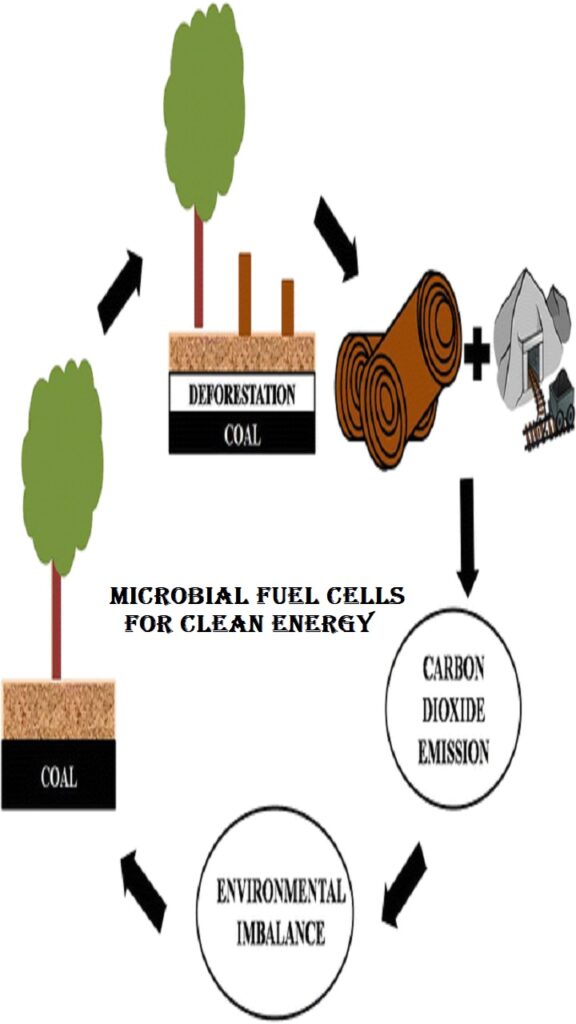
How It Works
Microbial fuel cells leverage the natural metabolic processes of bacteria to convert organic matter in wastewater into electrical energy. Here’s a simplified breakdown of how MFCs function:
- Anode Chamber: Bacteria in the anode chamber consume organic waste and produce electrons and protons through their metabolic activities.
- Electron Transfer: The electrons transferred to an electrode and flow through an external circuit, generating electricity.
- Proton Exchange: Protons produced by the bacteria move through a proton exchange membrane to the cathode chamber.
- Cathode Chamber: At the cathode, protons combine with oxygen and electrons to form water, completing the circuit.
As we look towards a future that values both environmental sustainability and technological innovation. Projects like these highlight the critical role of science fairs in nurturing the next generation of problem-solvers and innovators.
Best Science Fair Projects
- Harnessing Energy from Vibrations – This project involves designing a system that captures and converts ambient vibrations into usable electrical energy. By harnessing mechanical energy from sources such as machinery, transportation, or even human movement, the project aims to provide a sustainable and renewable power source. Ideal for small electronic devices and sensors.
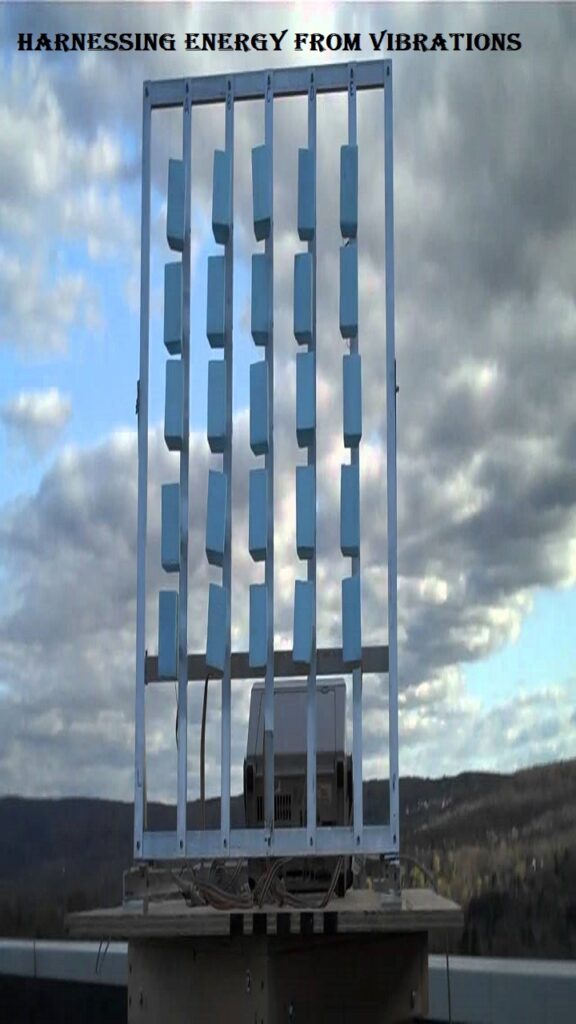
How It Works
The system typically utilizes piezoelectric materials, which generate electrical charge in response to mechanical stress. Here’s a simplified breakdown of the process:
- Piezoelectric Materials: When these materials deformed by vibrations, they produce an electric charge due to their inherent properties.
- Energy Harvesting Circuit: The electric charge generated by the piezoelectric material is captured by an energy harvesting circuit. Which often includes a rectifier to convert alternating current (AC) to direct current (DC).
- Energy Storage: The harvested energy stored in capacitors or batteries for later use.
- Power Management: A power management system regulates the stored energy, providing a stable output to power electronic devices.
- Wireless Electricity Transmission – This project focuses on the development of a system that transmits electrical energy without the need for physical wires. Utilizing principles of electromagnetic induction and resonant coupling, the system aims to deliver power over a distance, enabling the wireless charging of devices and potentially revolutionizing how we distribute electricity.
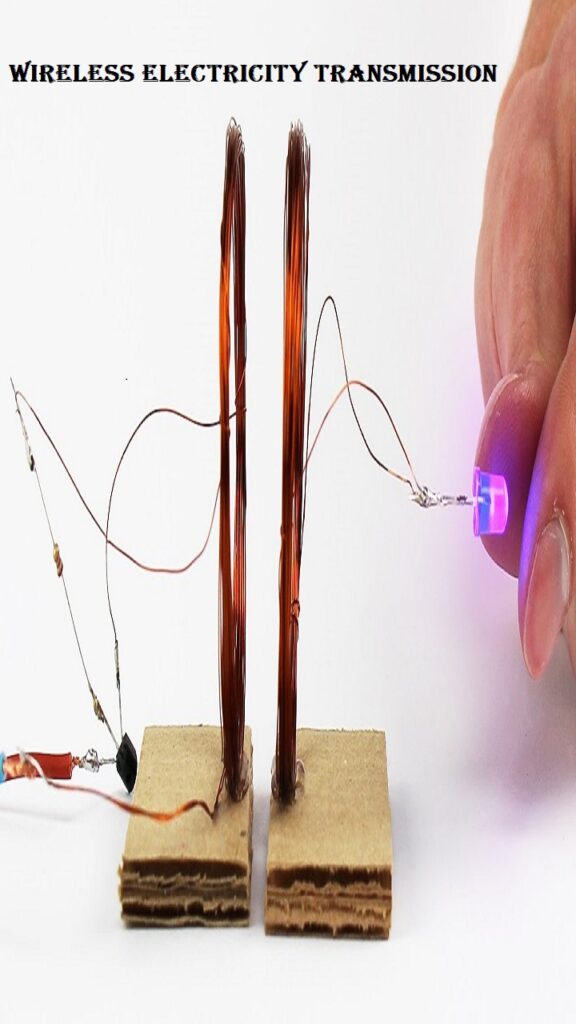
How It Works
Wireless electricity transmission involves the transfer of electrical energy through the air using electromagnetic fields. Here’s a simplified breakdown of the process:
- Transmitter Coil: An alternating current (AC) is passed through a coil in the transmitter, creating a time-varying magnetic field.
- Magnetic Resonance: This magnetic field induces an electric current in a receiver coil that is tuned to the same resonant frequency.
- Receiver Coil: The induced current in the receiver coil is converted back into direct current (DC) or used directly as AC to power devices or charge batteries.
- Power Management: A power management system regulates the received energy to ensure a stable and efficient power supply to the connected device.
Worlds Best Science Fair Projects In The World
- Smart Traffic Management System – This project aims to develop an intelligent traffic management system using real-time data and advanced algorithms to optimize traffic flow, reduce congestion, and improve road safety. By leveraging technologies such as the Internet of Things (IoT), machine learning, and sensor networks, the system provides dynamic traffic control and efficient resource allocation.
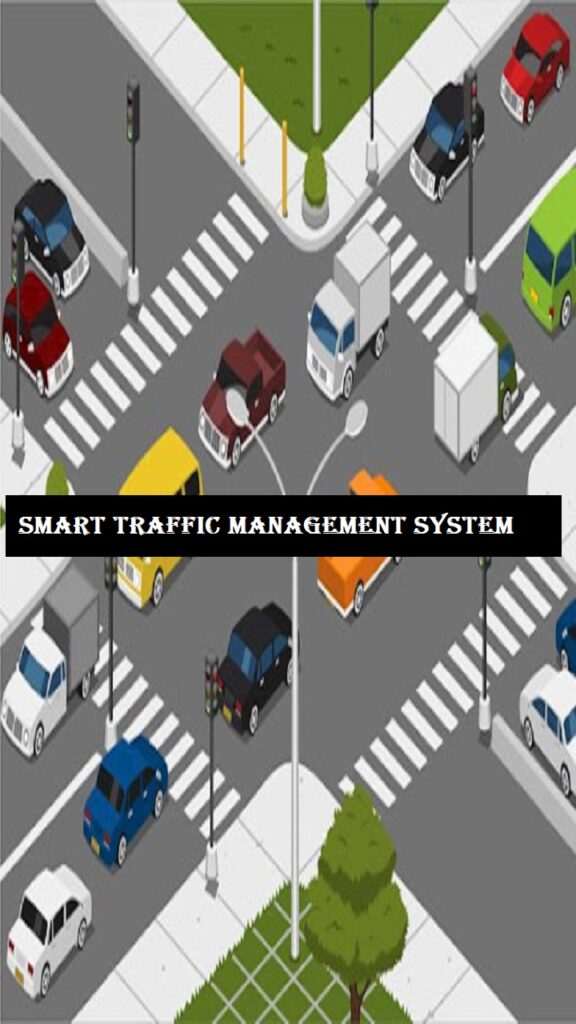
How It Works
A smart traffic management system utilizes various technologies to monitor, analyze, and manage traffic conditions. Here’s a simplified breakdown of the process:
- Sensors and IoT Devices: Sensors placed at intersections and along roads collect real-time data on traffic volume, speed, and vehicle types.
- Data Processing: The collected data is transmitted to a central system where it is processed and analyzed using machine learning algorithms.
- Traffic Control Algorithms: Based on the analysis, the system employs algorithms to optimize traffic signal timings, reroute traffic, and manage congestion.
- Communication: The system communicates with connected vehicles and infrastructure, providing real-time updates and instructions to drivers.
- Adaptive Response: The system continuously adapts to changing traffic conditions, ensuring optimal flow and minimizing delays.
Topics For Science Fair Projects
- Solar-Powered Desalination Unit – This project involves designing a solar-powered desalination unit that uses renewable solar energy to convert seawater into potable water. The system aims to provide a sustainable solution to the global water scarcity problem, particularly in regions with limited access to fresh water.
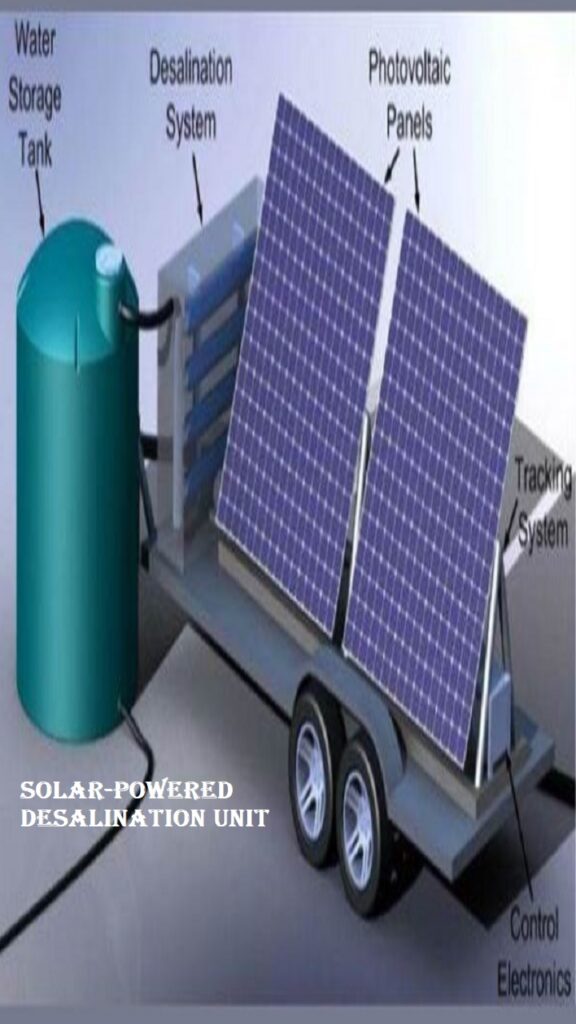
How It Works
The solar-powered desalination unit typically employs solar energy to drive the desalination process, which can be achieved through various methods such as solar stills, reverse osmosis, or multi-stage flash distillation. Here’s a simplified breakdown of the process:
Solar Energy Collection: Solar panels or solar collectors capture sunlight and convert it into thermal or electrical energy.
Solar Stills: Uses solar heat to evaporate seawater, leaving salts and impurities behind. The water vapor then condenses into fresh water.
Reverse Osmosis: Uses solar-generated electricity to power high-pressure pumps that force seawater through a semi-permeable membrane, filtering out salts and impurities.
Multi-Stage Flash Distillation: Utilizes solar heat to evaporate seawater at multiple stages under reduced pressure, followed by condensation of the vapor into fresh water.
Energy Storage: Excess solar energy can be stored in batteries or thermal storage systems to ensure continuous operation during cloudy periods or at night.
Water Collection: The purified water is collected in a storage tank for distribution and use.
Conclusion
The top science fair projects in the world demonstrate the boundless creativity and problem-solving skills of young scientists. These top 5 science fair projects in the world not only address some of the most pressing issues of our time but also inspire others to pursue their own scientific endeavors.
As we celebrate these remarkable achievements, we are reminded of the importance of fostering curiosity and innovation in the next generation. It ensures a brighter and more innovative future for all.
Contents




